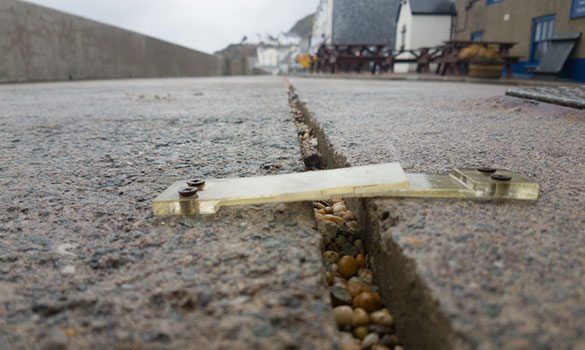Subsidence & Insurance Repairs
Void Filling


The collapse of subterranean voids can cause serious damage and/or collapse of building structures. The extent of voiding can be difficult to determine and investigations often include a combination of boreholes, probing and ground penetrating radar. Ground remediation can include a combination of pumped gravels, cementitious material and resins.
Ground Improvement
If the ground beneath foundations gives way, and the building subsides one possible cause is leaking drains or consistent running water from broken guttering etc. When this happens, the water can wash away fine grain of soil, weakening the strength of the soil and its ability to support the existing foundations. One possible repair option is to improve the bearing capacity of the ground using geopolymer resins. The resin strengthens the soil and restores the capacity of the soil to support the existing foundations.
We carry out high pressure injection deep into the substrata, monitoring it at surface level to ensure we fully fill below surface voids. Once treatment is complete, the ground is tested again using dynamic probes to establish the success of the treatment.
Ground improvement techniques are clean, non-disruptive ways to strengthen the soil and remedy the cause of subsidence.
The same techniques can also be used to repair concrete floor slabs that have settled. This is often not covered with most home insurance policies. We can easily and effectively lift the slab back its original level within a very short timescale.
This applies to large and small concrete floor slabs, from rooms in homes to large warehouses.
Sink holes
Occasionally water erosion can cause more severe challenges: sink holes are commonly formed by water erosion of porous ground, such as limestone. Continued erosion by water eventually leads to the collapse of below ground caverns and voids which in turn causes visible distortion at surface level. The below ground collapse of the limestone can cause spectacular damage to buildings and land at surface level.
Below ground voids and caverns are identified by a combination of dynamic probing and if necessary ground radar.
